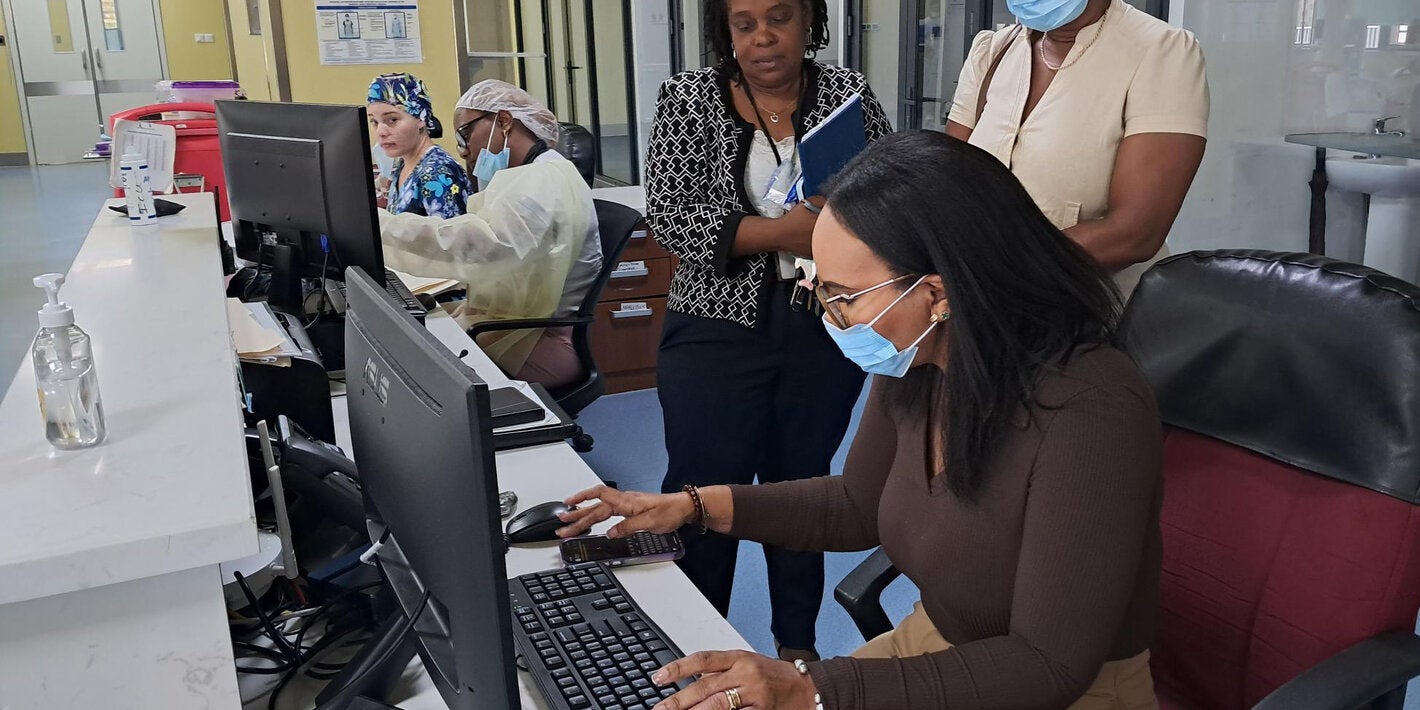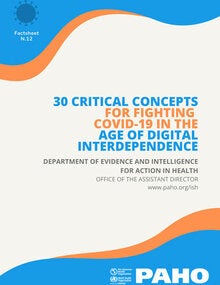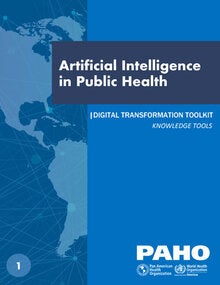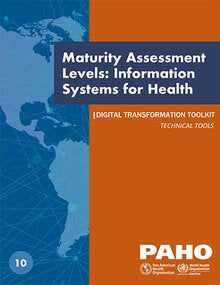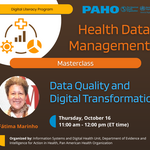Health Information Systems are digital systems with open data that comes from different sources and that is ethically used, through effective ICT tools, to generate strategic information for the benefit of public health. According to the World Health Organization, Health Information Systems may be used to generate information that can enable decision-makers at all levels of the health system to identify problems and needs, make evidence-based decisions on health policy, and allocate scarce resources optimally.
Many times, those who need health systems the most are those who have least access to it. Digital technologies have the potential to increase access, but populations with the greatest health vulnerability typically have the lowest levels of digital health connectivity and literacy. Hundreds of millions of people in the Region of the Americas continue to experience structural discrimination, exclusion, and inequality due to lack of access to digital technologies, and to the potential health benefits associated with their use.
The Roadmap for the Digital Transformation of the Health Sector in the Region of the Americas builds on resolutions adopted by the United Nations General Assembly, the World Health Assembly, and the Directing Council of the Pan American Health Organization (PAHO), as well as on related global and regional strategies and recommendations of United Nations (UN) panels on digital transformation.
- Digital health, and in particular telemedicine visits, electronic records, and electronic prescriptions, have already demonstrated having advantages in successfully ensuring continuity of care for noncommunicable diseases (NCDs), especially when services are disrupted. Telehealth is also useful for monitoring and evaluating interventions for NCDs. Noncommunicable diseases (NCDs) are the main cause of death and disability worldwide, and effective management of these chronic conditions depends largely on continuous, responsive, accessible, and quality services and successful patient engagement and self-management. [Read more...]
- Information systems for health can be improved by prioritizing the following areas: governance; multisectoral management; technology infrastructure; standards and interoperability; automatization and interoperability of electronic health records;, privacy, confidentiality, and security of data; data and information processing; knowledge management and sharing; innovation; and risk management. [Read more...]
- Predictive analytics is statistical analysis that uses data mining, machine learning, and algorithms based on historical data series to identify behavior patterns and trends to predict future scenarios. Although predictive analytics is a well-known analytical method, recently it has been enhanced by the availability of large data resources or Big Data, increased computational capacity, and modern analytical mechanisms. [Read more...]
- The COVID-19 outbreak and response has been accompanied by a massive infodemic: an overabundance of accurate and inaccurate information that makes it hard for people to find trustworthy sources and reliable guidance when they need it. Infodemic refers to a large increase in the volume of information associated with a specific topic and whose growth can occur exponentially in a short period of time due to a specific incident, such as the current pandemic. [Read more...]
- An Electronic Health Record (EHR) is a health record residing in an electronic system specifically designed for data collection, storage, and manipulation, and to provide safe access to complete data about patients. EHR offer many benefits compared to paper records: accessibility, support for multiple views, improved communication between providers, communication with patients, data aggregation, access to knowledge bases, and integration with decision support tools. [Read more...]
Since 2016, PAHO has collaborated with Member States to develop a renewed framework for information systems for health, along with guidelines, tools, and training materials. The Organization has supported interventions that employ an innovative approach to the development and use of interoperable and interconnected databases and digital tools.
PAHO provides technical cooperation to its Member States for the implementation of priority actions. These actions provide technical orientation for the adoption of digital solutions and artificial intelligence, as well as standards for ensuring interoperability among information systems and platforms and for the use of emerging and complex technologies in policy and decision making.
The actions are aligned with eight principles for digital transformation of the health sector, adapted from the UN Roadmap for Digital Cooperation, that were co-created with Member States and presented by PAHO Director in February 2021. Those principles relate to universal connectivity, digital public health goods, inclusive digital health, interoperability, human rights, artificial intelligence, information security, and public health architecture.




